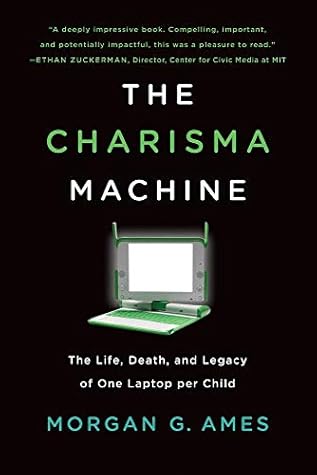Encoding freedom, the XO laptop’s software was all free and open source, and the XO keyboard had a View Source button to emphasize this. The team also tried to make the laptop hardware open source and easy to repair—efforts that reflected their conviction that children can and should teach themselves to program, just as they remembered teaching themselves. Beneath these themes was an unspoken faith in the XO laptop’s ability not only to succeed in its constructionist goals but to be a shortcut to solving social problems where other approaches had failed—a faith in technology as a source of
...more
The laptops were designed and disseminated in an imaginary world, where the users resided in the childhood dreams of the project designers.
The reality on the ground was that many of the places where these computers were being planned for distribution relied on teacher-centric teaching method.
Parents of these children would have protested any attempt to let the children lead in any meaningful way.
Despite what OLPC folks believed, learning wasn’t an objective construct. The world they sought to operate in did not share OLPC’s vision for how learning occurred.


